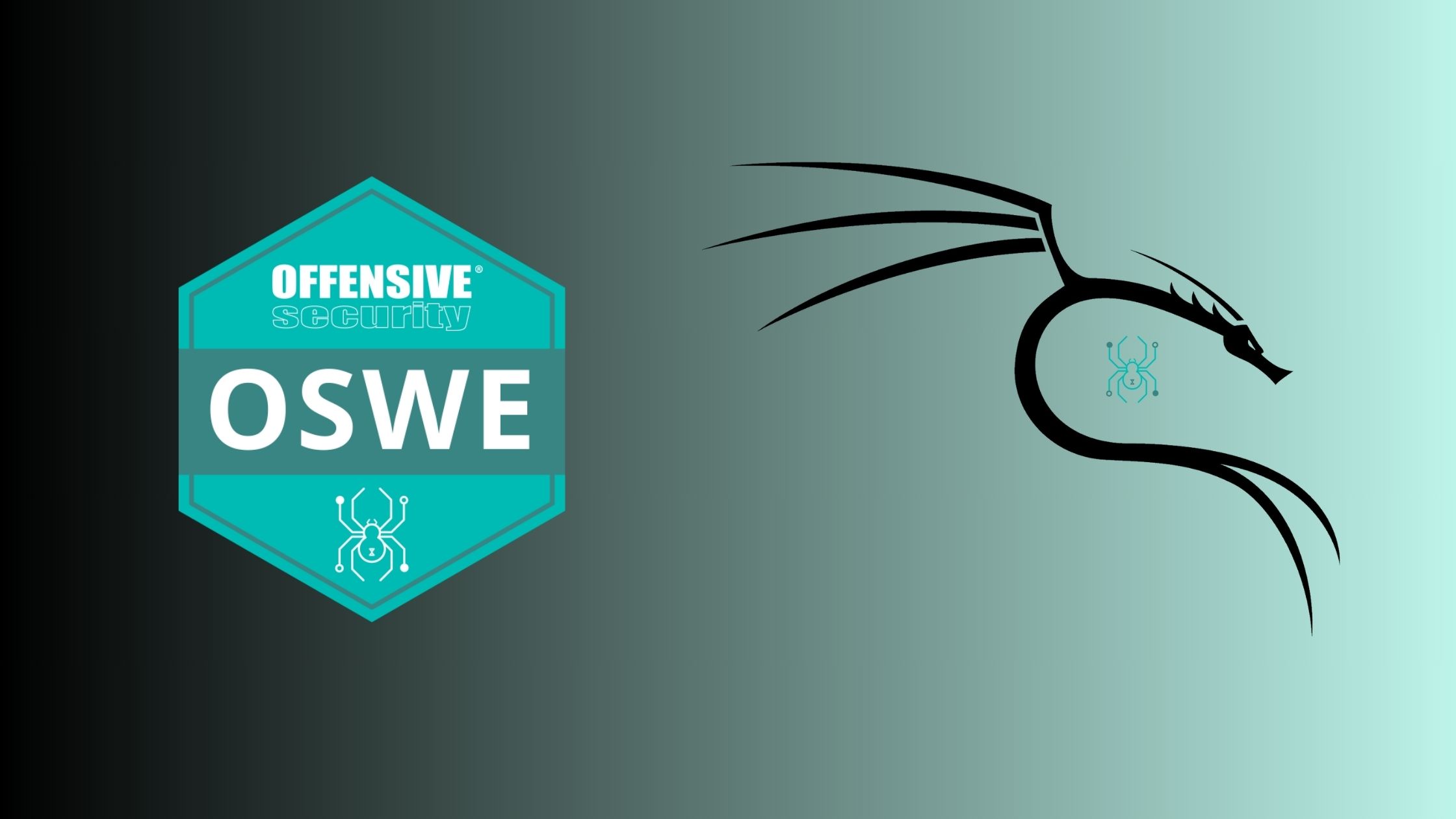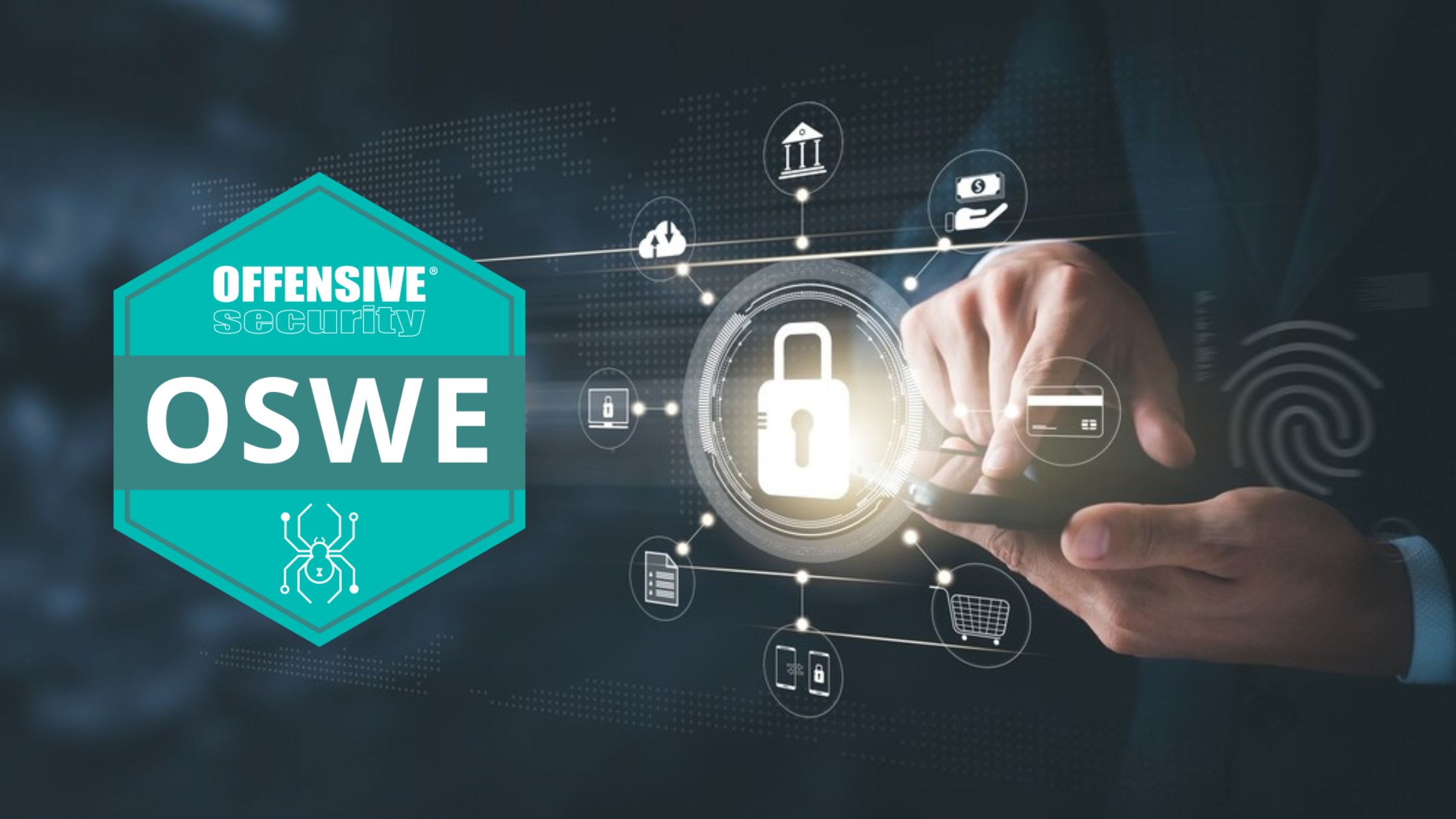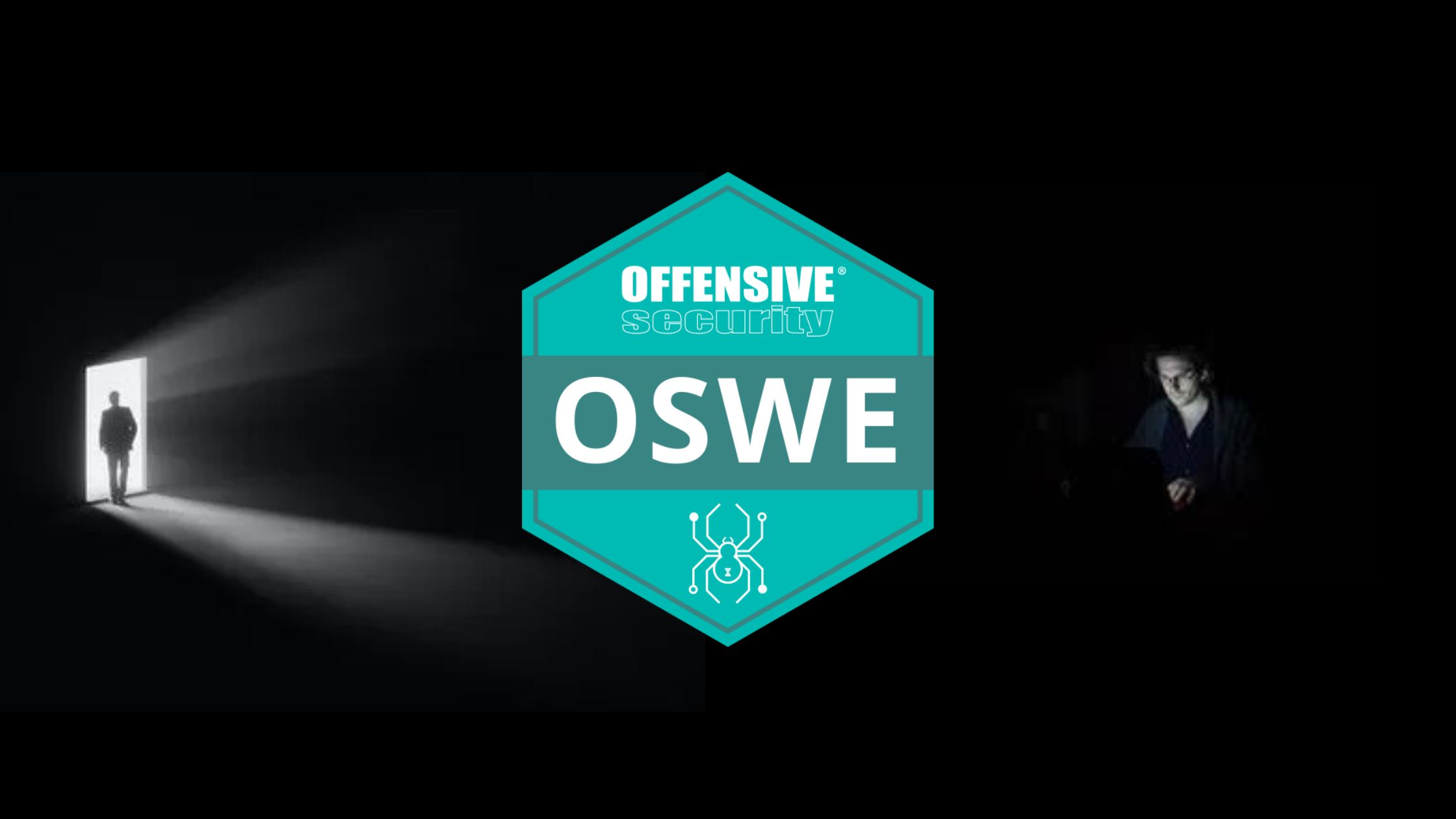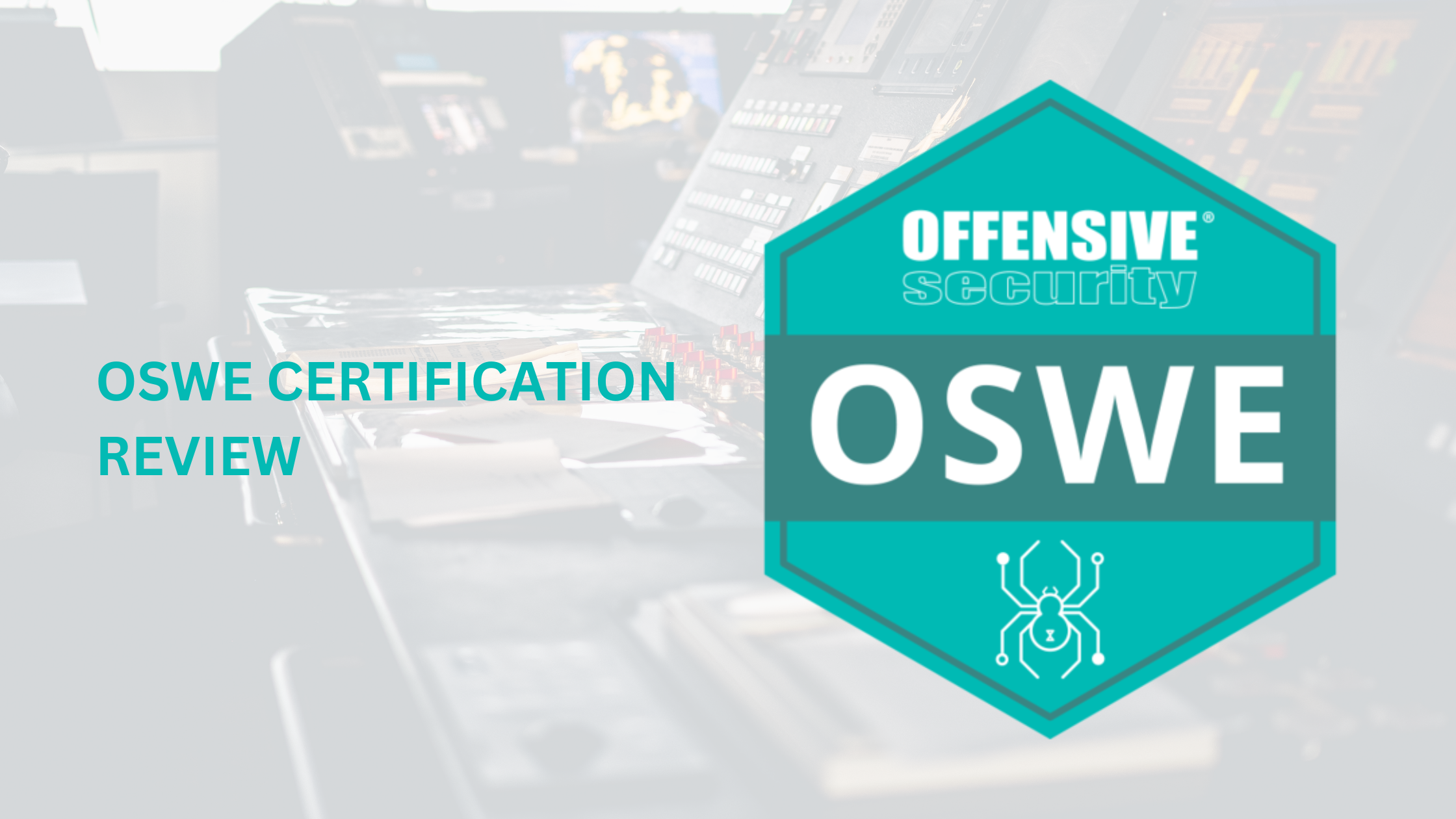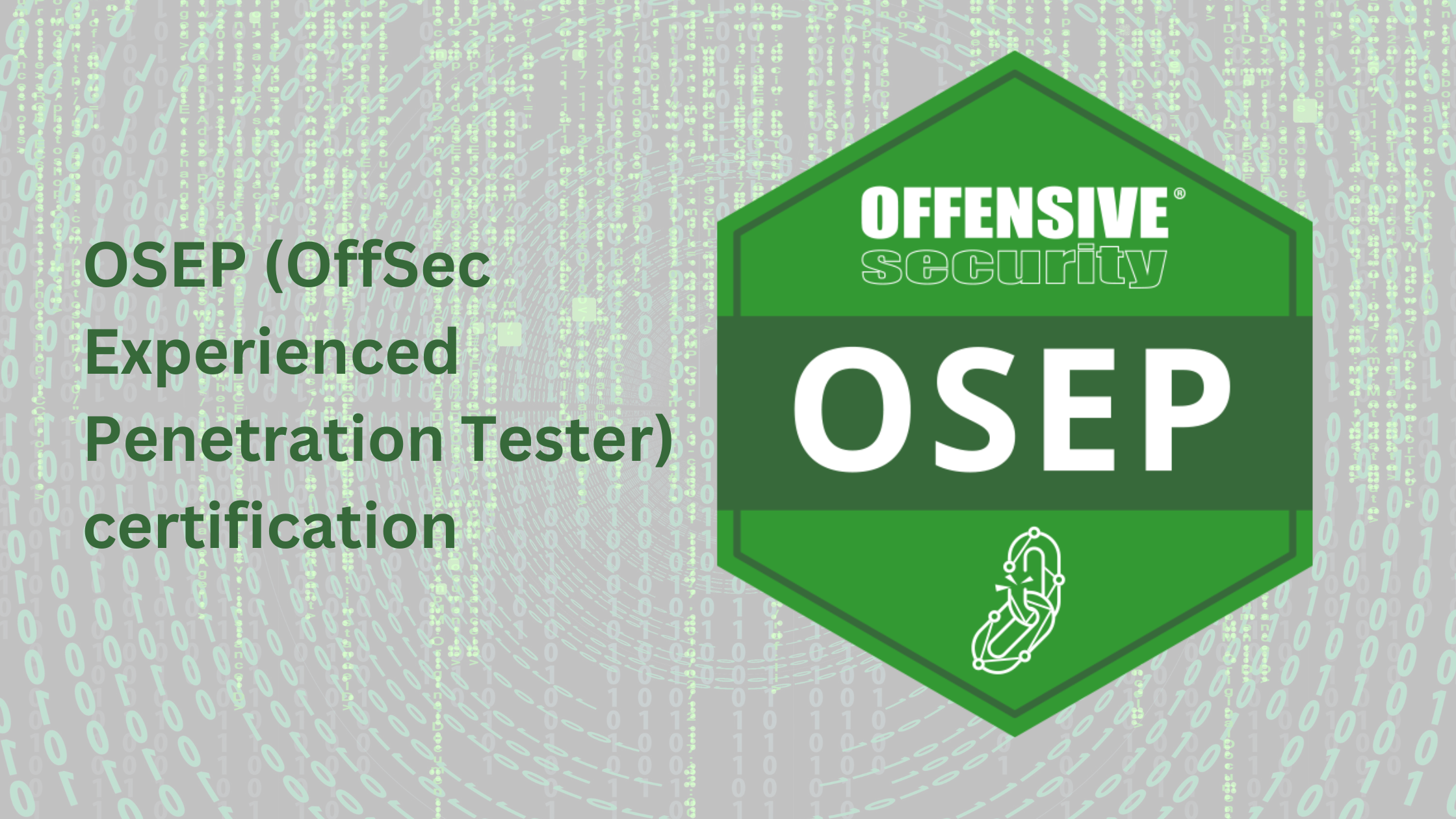The OSWE certification (Offensive Security Web Expert) is quickly becoming one of the most respected and advanced certifications in the field of web application security. As cyber threats evolve and businesses increase their reliance on digital platforms, the demand for highly skilled penetration testers is rising. The OSWE certification, offered by Offensive Security, is designed to validate your ability to exploit vulnerabilities in web applications through advanced techniques. Whether you are a cybersecurity professional, ethical hacker, or security enthusiast, achieving this certification can significantly boost your career and credibility. In this blog, we will explore what the OSWE entails, why it’s valuable, how to prepare, and what to expect during the exam.
What is the OSWE Certification?
The OSWE is an advanced-level certification that focuses on white-box web application penetration testing. Unlike traditional black-box testing, white-box testing provides access to source code, enabling the tester to find vulnerabilities that are not visible externally.
Key Highlights:
- Certification Provider: Offensive Security
- Skill Level: Advanced
- Focus Area: Web Application Exploitation (White-box)
- Exam Duration: 48 hours
- Course Required: Advanced Web Attacks and Exploitation (AWAE)
Who Should Pursue OSWE?
The OSWE is best suited for:
- Experienced penetration testers
- Web application developers with an interest in security
- Bug bounty hunters targeting web-based platforms
- Security analysts aiming to validate their code review and exploit development skills
If you have already earned certifications like OSCP (Offensive Security Certified Professional) or have experience in identifying and exploiting web vulnerabilities, OSWE is a natural next step in your learning path.
Benefits of Earning the OSWE Certification
1. Industry Recognition
OSWE is globally recognized and respected among cybersecurity employers and professionals. It demonstrates that you possess an expert-level skill set in web application security.
2. Career Advancement
Holding an OSWE can open doors to high-level roles such as:
- Web Application Penetration Tester
- Application Security Engineer
- Red Team Operator
- Security Consultant
These positions often come with higher salaries and increased job responsibilities.
3. Hands-On Skills
The OSWE certification doesn’t rely on multiple-choice questions or theory. Instead, it focuses on real-world, practical testing, making you job-ready from day one.
4. Credibility and Trust
Having the OSWE on your résumé instantly builds trust with clients and employers. It shows that you can perform complex security assessments under time constraints and high-pressure situations.
What Topics Does OSWE Cover?
The AWAE course and OSWE exam cover several critical areas, including:
- Advanced JavaScript and browser-based vulnerabilities
- Authentication bypass techniques
- Source code analysis and identification of logic flaws
- SQL injection beyond the basics
- Exploiting deserialization vulnerabilities
- File upload attacks and web shell creation
- Exploitation of multi-stage vulnerabilities
The content dives deep into both manual and automated techniques and requires a strong understanding of coding and web application logic.
How to Prepare for the OSWE Exam
1. Complete the AWAE Course
The AWAE course is mandatory for attempting the OSWE exam. It includes:
- Over 200 pages of detailed lab guides
- Hands-on labs and real-world vulnerable applications
- Video tutorials that explain exploit development step-by-step
2. Strengthen Your Programming Skills
Since the OSWE involves source code analysis, you need proficiency in:
- Python
- PHP
- JavaScript
- Understanding common web frameworks like Django, Flask, and Laravel
3. Practice Lab Exercises
Dedicate time to solving every lab in the AWAE course and document your findings. Don’t just follow instructions—try modifying exploits or discovering your own.
4. Review Public OSWE Write-ups
Ethical hackers often share sanitized versions of their OSWE experiences and strategies. These can provide valuable insights into exam mindset and time management.
5. Mock Exam Simulations
Attempt mock exams under 48-hour constraints to simulate the real test environment. This will help with time management, stamina, and strategic planning.
What to Expect During the OSWE Exam
The OSWE exam is a 48-hour practical test, where you are given access to multiple web applications and full source code. Your task is to:
- Review the code
- Identify exploitable vulnerabilities
- Develop proof-of-concept exploits
- Gain administrative access or achieve other specific objectives
The exam emphasizes critical thinking, deep analysis, and precision. After completing the practical portion, you have an additional 24 hours to submit a detailed exam report.
Tips for Passing the OSWE on Your First Attempt
- Pace yourself. Break the 48 hours into structured sessions with planned breaks.
- Keep notes during the exam for easier report writing.
- Prioritize easy wins. Don’t get stuck on one target for too long.
- Read the exam guide thoroughly before starting.
- Stay calm under pressure. The exam is tough, but staying composed makes a huge difference.
Final Thoughts: Is the OSWE Certification Worth It?
The OSWE certification is not just another cybersecurity badge—it’s a testament to your advanced web security skills and ability to think like an attacker. In an industry that values hands-on expertise over theoretical knowledge, OSWE gives you the edge. Whether you're aiming for career growth, credibility, or simply want to push your limits as a penetration tester, pursuing OSWE in 2025 is an investment that will pay off in both personal and professional growth.
